Drawing is the honesty of the art. There is no possibility of cheating. It is either good or bad
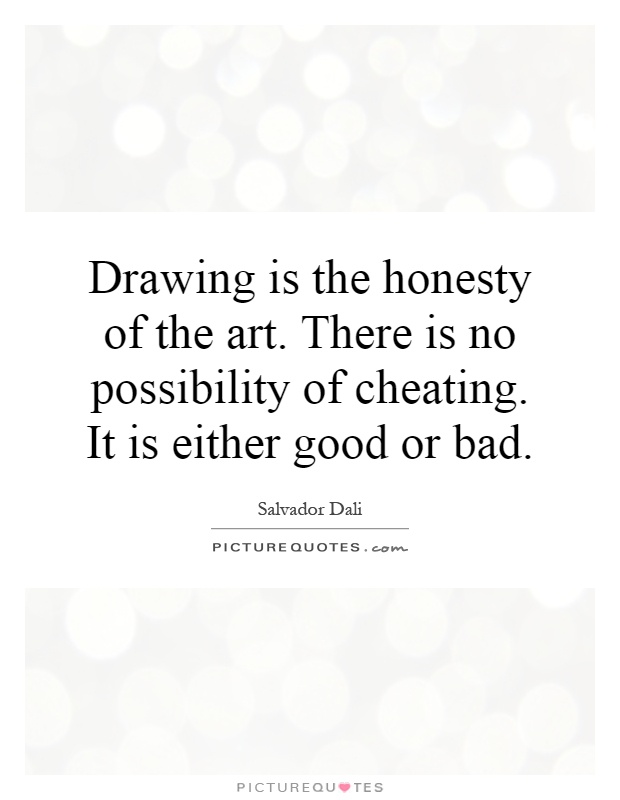
Drawing is the honesty of the art. There is no possibility of cheating. It is either good or bad
Salvador Dali, the renowned surrealist artist, once said, "Drawing is the honesty of the art. There is no possibility of cheating. It is either good or bad." This statement perfectly encapsulates Dali's approach to his own artwork and his belief in the purity and integrity of drawing as a medium.Dali was a master draftsman, known for his meticulous attention to detail and his ability to create incredibly realistic and intricate drawings. His skill in drawing was evident in his early works, such as his famous painting "The Persistence of Memory," which features melting clocks and surreal landscapes rendered with precision and clarity.
For Dali, drawing was a way to express his innermost thoughts and emotions without any filters or pretense. He believed that drawing was a direct reflection of the artist's skill and vision, and that there was no room for deception or manipulation in the act of drawing. In this sense, drawing was a form of pure artistic expression for Dali, a way to communicate his ideas and feelings with complete honesty and authenticity.
Dali's commitment to the honesty of drawing can be seen in his meticulous attention to detail and his dedication to perfecting his craft. He spent hours studying and practicing drawing techniques, honing his skills and pushing the boundaries of what was possible with a pencil and paper. Dali believed that drawing was a discipline that required hard work and dedication, and that only through constant practice and experimentation could an artist truly master the art of drawing.
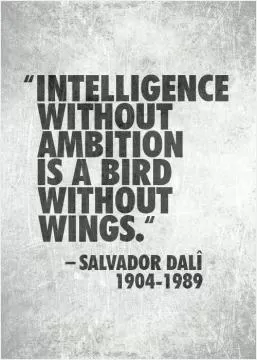
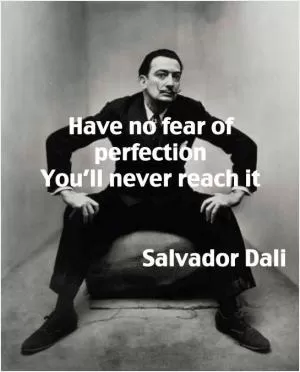
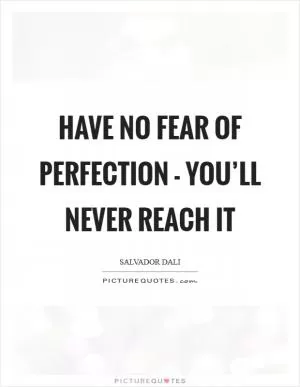
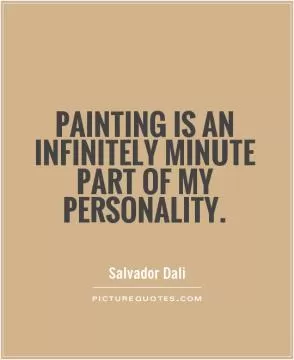
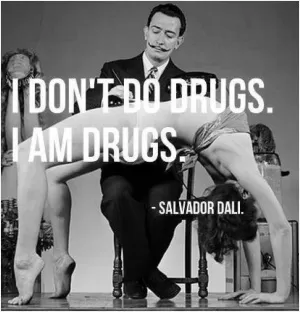
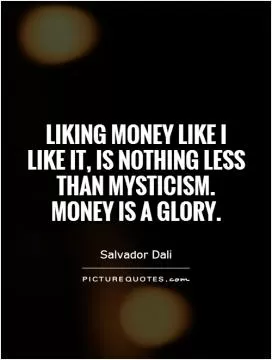
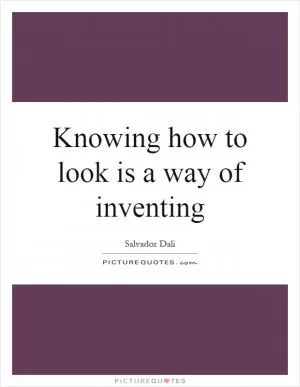
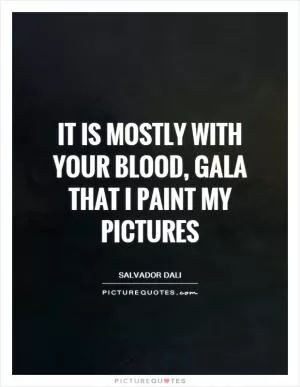
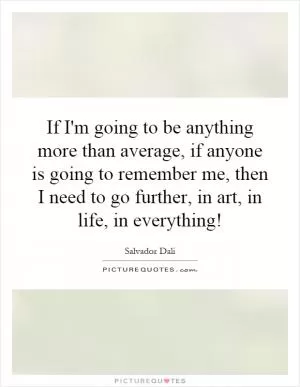
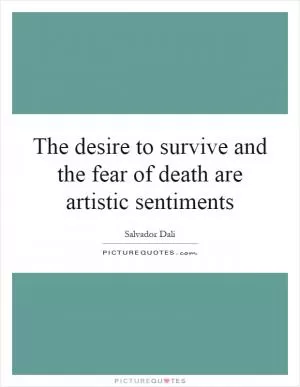
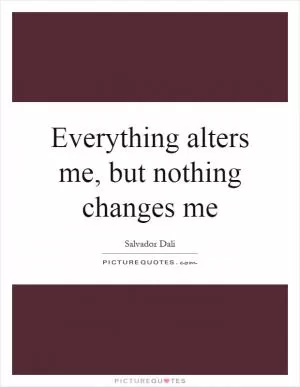
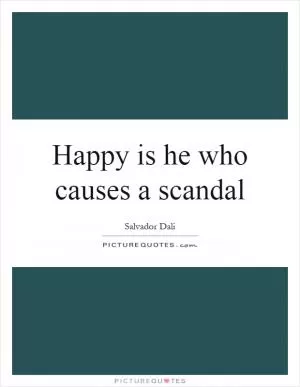
 Friendship Quotes
Friendship Quotes Love Quotes
Love Quotes Life Quotes
Life Quotes Funny Quotes
Funny Quotes Motivational Quotes
Motivational Quotes Inspirational Quotes
Inspirational Quotes